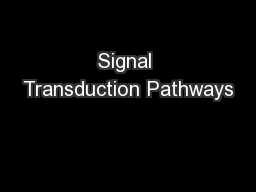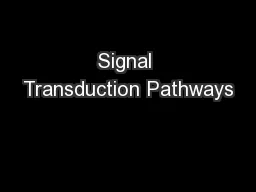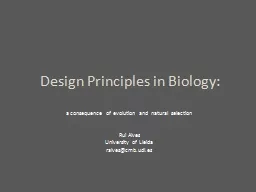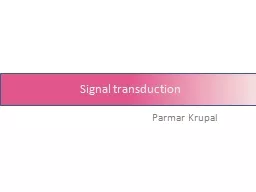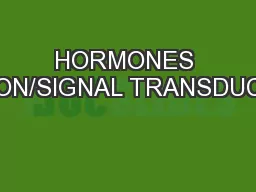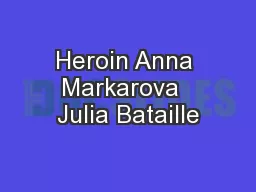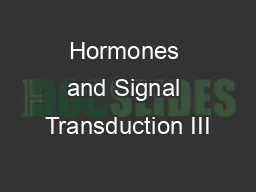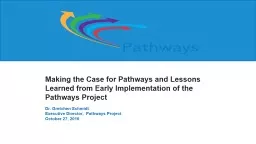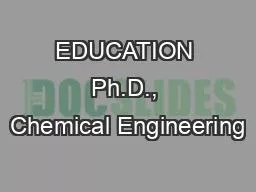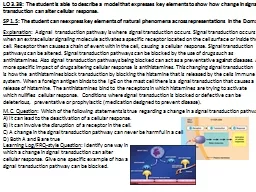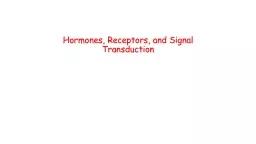PPT-Signal Transduction Pathways
Author : sherrill-nordquist | Published Date : 2017-05-11
Pratt amp Cornely Chapter 10 Terms for Signal Transduction Ligand first messenger Receptor transducer Primary Effector Second messenger Second effector etc Target
Presentation Embed Code
Download Presentation
Download Presentation The PPT/PDF document "Signal Transduction Pathways" is the property of its rightful owner. Permission is granted to download and print the materials on this website for personal, non-commercial use only, and to display it on your personal computer provided you do not modify the materials and that you retain all copyright notices contained in the materials. By downloading content from our website, you accept the terms of this agreement.
Signal Transduction Pathways: Transcript
Download Rules Of Document
"Signal Transduction Pathways"The content belongs to its owner. You may download and print it for personal use, without modification, and keep all copyright notices. By downloading, you agree to these terms.
Related Documents

